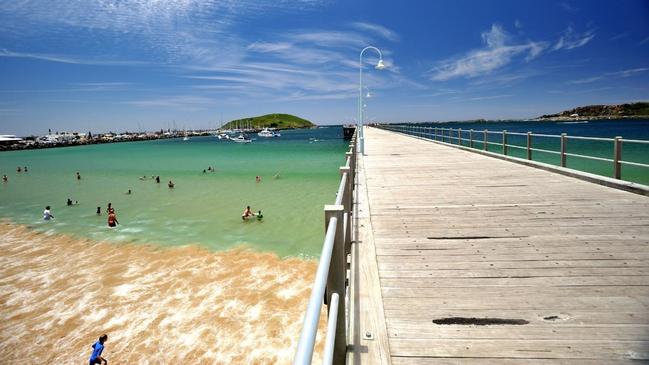Coronavirus: Don’t let JobKeeper be a taxpayer-funded wage rise, industries say
Industries hit hardest by COVID-19 have endorsed a tiered JobKeeper scheme from October.

Industries hit hardest by COVID-19 have endorsed a tiered JobKeeper scheme from October, warning that Australians should not be receiving taxpayer-funded pay rises if they are not putting in the necessary work and hours.
The push for casual and part-time employees to receive a wage subsidy proportionate to the number of hours worked comes as new data reveals the dire circumstances faced by the accommodation sector, with occupancy rates down more than 56 per cent in Sydney and Melbourne. Compiled by data analytics company STR for Tourism Accommodation Australia and the Australian Hotels Association, the figures show in the four weeks to July 11 that occupancy rates dropped 41.2 per cent in the ACT, 56.6 per cent in Melbourne and 68.5 per cent in Hobart compared to the same time last year.
The average daily rate for a room in Sydney was $191.60 in July last year, but just $140.49 this month.
In the week starting July 5, Sydney and Melbourne occupancy rates were 39.5 per cent and 28.7 per cent respectively, marking a decrease of about 58 per cent and 32 per cent compared to last year.
“Nationally, this is the best week we’ve seen (in terms of occupancy rates) since March,” TAA chief executive Michael Johnson said. “A couple of weeks ago, they were all under 30 per cent (occupancy). They’ve all come up because of school holidays.
“We’ve used the data to indicate to government the need for JobKeeper to be extended. In what form, the government needs to make those decisions.”
About 25 per cent of Australians on JobKeeper are being paid more than they would be usually.
Restaurant and Catering Association chief executive Wes Lambert said his members were concerned employees, especially casuals, were receiving a pay rise under the wage subsidy scheme.
They were also concerned employees could not be directed to work outside of their normal shifts in order to earn the full $1500 fortnightly rate.
“Any tiered program that takes these factors into account will be welcomed,” Mr Lambert said.
Under the $70bn JobKeeper program’s first phase, a flat fortnightly rate of $1500 is paid to eligible employees. Once a business becomes eligible for the wage subsidy, it receives the payments until September 27.
Australian Retailers Association chief executive Paul Zahra said it made little sense to pull support for retailers when nobody knew how long or extensive the pandemic impact would be.
“We agree with a tapering off of support for any retailers that are outside of the hardest-hit categories, along with reduced payments for casuals and part-time workers which more closely match their regular pay amounts,” Mr Zahra said.
There were divisions as to how often a business should have to prove its turnover was down in order to qualify for the next phase of JobKeeper. “Most small and medium-sized enterprises put their business activity statements in quarterly, that’s a proof point,” Australian Tourism Industry Council executive director Simon Westaway said.
Australian Hotels Association chief executive Stephen Ferguson said if the government reduced the amount of JobKeeper money businesses were paid, there must be other sufficient support for them to keep their doors open.




To join the conversation, please log in. Don't have an account? Register
Join the conversation, you are commenting as Logout